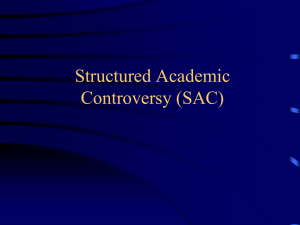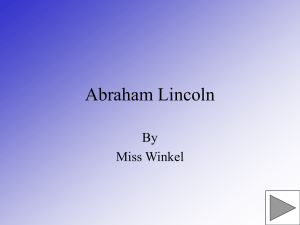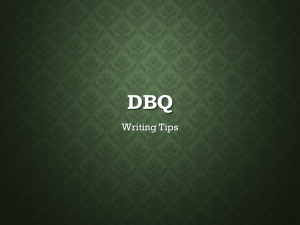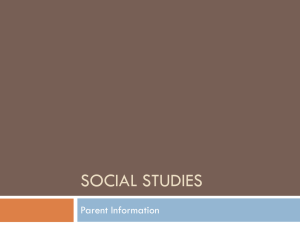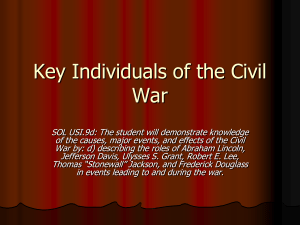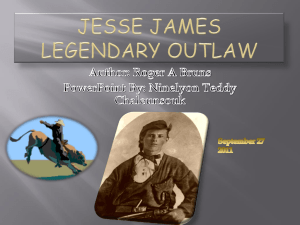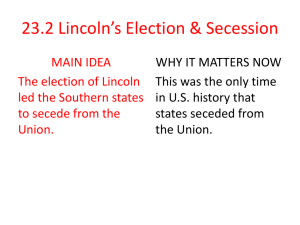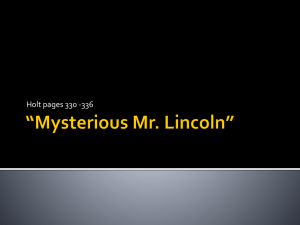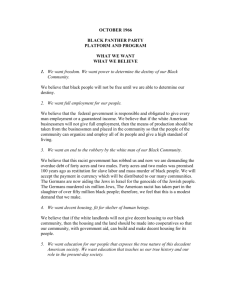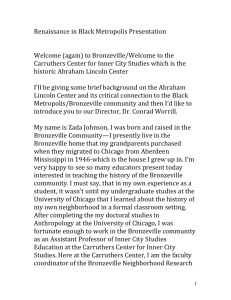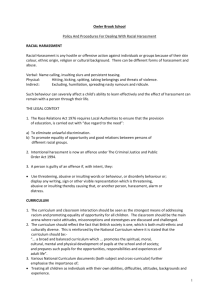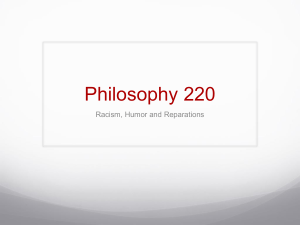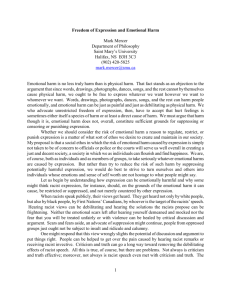Cooperative Learning PD Session 2
advertisement
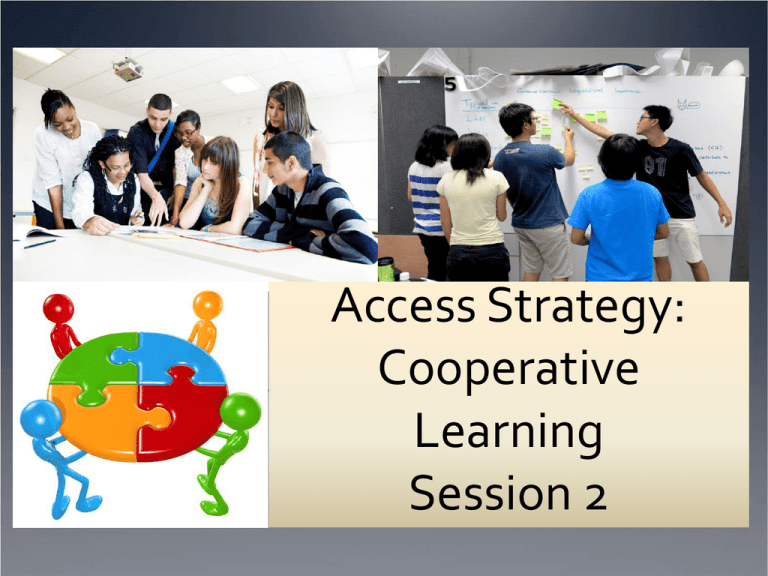
Access Strategy: Cooperative Learning Session 2 Follow up Did anyone try any of the CL activities (Four Corners, Galley Walk) in their classroom last week? What were some of the success and/or challenges you encountered? PowerPoint posted on Garfield’s website under Teacher Resources. Other Ideas 1) Rearrange your classroom for group work on certain days and establish procedures to move into groups 2) Switch classrooms for a day or period to a classroom set up for group work 3) Seek alternate locations: Library, SLC offices (521, 709), mall area, hallway, etc. Today’s Goals Experience an effective lesson that incorporates a cooperative learning strategy and is aligned to Content and Common Core State Standards. Traditional group work Cooperative Learning is SELF-LEARNING Assignments are discussed with little commitment to each other's learning. COLLABORATIVE TEAMWORK Group members help, assist, encourage, and support each other's efforts to learn. SOCIAL SKILLS ASSUMED Social skills are assumed or ignored. SOCIAL SKILLS DIRECTLY TAUGHT Teamwork skills are emphasized -- members are explicitly taught and expected to use collaborative skills. TASK –ONLY EMPHASIS No processing of how well the group is functioning or the quality of its work. REFLECT ON GROUP DYNAMICS Students have time and are given a procedure to analyze how well their groups are functioning, how well they are using the appropriate social skills, and how to improve the quality of their work NO INDIVIDUAL ACCOUNTABILITY Individual students not held responsible for their share of the work, “hitchhike” on others INDIVIDUAL ACCOUNTABILITY Leadership shared by all members. Each student is assessed on their mastery. Essentials for Cooperative Learning 1) Clear “student-friendly” objectives 2) Expectations of behavior 3) Modeling – short model of what the activity looks like and sounds like in action 4) Prompts – give students sentence starters Activity: Structured Academic Controversy (SAC) A Structured Academic Controversy (SAC) is a type of cooperative learning strategy in which small teams of students learn about a controversial issue from multiple perspectives. The structured academic controversy technique is designed to engage students in controversy and then guide them to seek consensus. What makes a good topic for a Structured Academic Controversy? • A topic that has two clear sides. • A topic that is relevant to the curriculum (standards based). • A topic that is interesting to the students. • A topic about which students (or you) can locate a variety of resources and information. History/Social Science Standards 8.9 Students analyze the early and steady attempts to abolish slavery and to realize the ideals of the Declaration of Independence. 8.10 Students analyze the multiple causes, key events, and complex consequences of the Civil War. CCSS Reading Standards for Literacy in History/Social Studies 6 – 12 Cite specific textual evidence to support analysis of primary and secondary sources. CCSS Writing Standards for Literacy in History/Social Studies 6 – 12 • Write arguments focused on discipline-specific content. Today’s Objective During today’s class, you will work in teams to discuss arguments convicting and defending Abraham Lincoln. Your goals for today include sharing your ideas, practicing your speaking skills, analyzing text, and finding evidence to defend your position (even if you do not agree with it). Essential #1 Expectations Active listening Challenge ideas, not persons Try your best to understand other position Share the floor: each person in pair MUST have an opportunity to speak No disagreeing until consensus-building SAC: Abraham Lincoln Abraham Lincoln signed the Emancipation Proclamation in 1863, freeing the slaves. Your job is to determine whether you think he was racist or NOT. SAC Question: Was Lincoln racist? Actions Words RACIST Motives Effects TEAMS of 2 TWO A’S (BLUE) TWO B’S (RED) Team A (BLUE) will argue YES, Abraham Lincoln was racist. Team B (RED) will argue NO, Abraham Lincoln was not racist. With your teammate, read each of the four documents. Underline evidence that supports your position. Record on Organizing the Evidence handout. 15-20 minutes TEAMS OF 4 TWO A’S (BLUES) AND TWO B’S (REDS). Use prompts Team A presents their evidence. BOTH PARTNERS MUST PRESENT. Team B writes down Team A’s arguments and then repeats them back to Team A. Use Graphic Organizer. 5 minutes Team B presents. BOTH PARTNERS MUST PRESENT. Team A writes down arguments of Team B. Repeats them back to Team B. Use Graphic Organizer 5 minutes Group Consensus Team of 4 Discuss the overarching question and attempt to reach consensus. Whole group share .. Use Prompts WRITING PROMPT Based on the information in the primary sources, write a well-organized persuasive essay that states and maintains a clear position on the issue of whether Abraham Lincoln was a racist or not. State your position in a thesis and defend it with multiple examples of precise and relevant evidence from the sources provided. Be sure to address counterclaims to your position and cite evidence correctly. CONTENT GROUPS Skim sample texts Develop a SAC question Reflection/Evaluation
